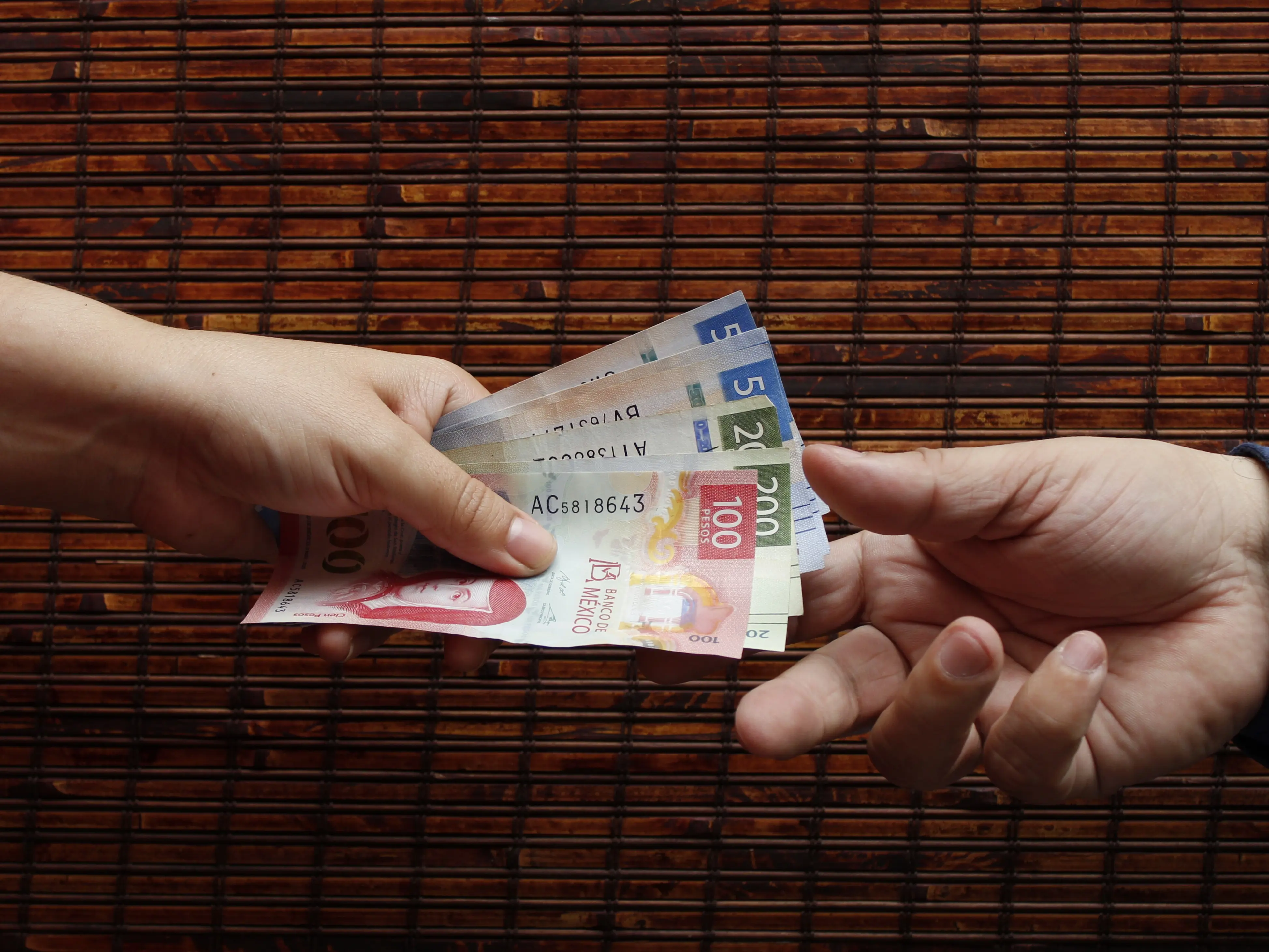Insights
Sustainability: A Hallmark of Cash
CENTRAL BANKING, SEPTEMBER 2021 – Tod Niedeck, Corporate Marketing Director at Crane Currency makes the case for the sustainability benefits that are inherent in the production of paper banknotes, contrasting this with the environmental difficulties that face plastic banknotes at the end of their lifecycles.
An early memory, when beginning my career at Crane Currency, was noticing long rows of steaming compost in the fields adjacent to the company’s banknote paper mills. I learned that much of this organic material was made up of solids from the papermaking process – cotton and flax ‘fines’ that, when mixed with other field and yard waste, produced a rich and valuable compost. On the production site itself, there were no foul smells, no belching smokestacks, no noxious or toxic outputs. It was simply a process for converting cotton and flax fibres into the most durable banknote paper in the world.
 In the first half of the 1990s, it was estimated that nearly 50% of the US population was clothed in part by Levi Strauss & Co. – the legendary maker of blue jeans. The use of clippings from the production of Levi’s clothing was used to produce the most American of all products, US currency paper. That ended abruptly when stretchy plastic spandex was spun into the denim fabric. Blue jeans became softer, but the petrochemical additive that gave the world skinny jeans was also a contaminate that consigned this celebrated environmental synergy of using clippings from Levi’s clothing to the dustbin of history – or, as is the case for so many plastics, the landfill site.
In the first half of the 1990s, it was estimated that nearly 50% of the US population was clothed in part by Levi Strauss & Co. – the legendary maker of blue jeans. The use of clippings from the production of Levi’s clothing was used to produce the most American of all products, US currency paper. That ended abruptly when stretchy plastic spandex was spun into the denim fabric. Blue jeans became softer, but the petrochemical additive that gave the world skinny jeans was also a contaminate that consigned this celebrated environmental synergy of using clippings from Levi’s clothing to the dustbin of history – or, as is the case for so many plastics, the landfill site.
The sustainability of US currency paper and the 90% or more of the world’s banknotes that are still printed on organic, plant-based paper continues to improve because of more efficient modern production technologies and improvements in sorting worn-out banknotes from those that can be reissued. In the US, this combination of improvements has over the past 25 years seen the average circulation life of US currency increase threefold. In the case of the $1 banknote – the most heavily used – its average circulation life has risen from under two years in the early 1990s to more than six years today. According to the US Federal Reserve, the world’s most popular paper banknote – the $100 bill – lasts more than 22 years.

The improving sustainability of cash is important, as across both developing and developed economies the demand for physical cash continues to increase – in nearly all countries significantly outpacing the rise in GDP. Demand for cash has increased sharply during the Covid-19 pandemic over the past 18 months, despite an early suspicion that cash spreads the virus – which was completely untrue. In times of economic insecurity, holdings of cash continue to increase, as much of the world’s population still relies on cash for savings and security, as well as for day-to-day transactions.
The environmental impact of cash manufacturing is just a small fraction of the overall cost of transporting, securing and storing such a valuable physical product. But as the sustainability of paper money improves year on year, the environmental impact of alternatives to cash is coming increasingly under scrutiny. No analysis of cryptocurrency today is complete without a comment on the huge energy and environmental impact of the support infrastructure required. While the term ‘sustainability’ is generally used to discuss environmental impact, it also describes the viability or durability of a process or product. Compared with physical cash, all forms of electronic payment present major resilience challenges, vulnerable as they are to threats attacking the IT infrastructure, electricity grid and security systems on which they all depend. In the defence and security field, no discussion of asymmetric warfare is complete without an analysis of the vulnerability of electronic systems.
Within the banknote industry itself, the past 30 years has seen increasing efforts to take on the ultimate challenge of explaining how plastic banknotes are better for central banks and the environment. Different iterations of plastic banknotes have been pursued by established banknote providers and some outsiders, including the petrochemical company Exxon Mobil. For a variety of technical and financial reasons, only a single variety exists today.
Of the world’s leading economies that make up the Group of 20, only three have moved from paper to plastic banknotes and, globally, fewer than 7% of banknotes are printed on plastic. This endorsement of the continued use of paper banknotes rests on the fact that modern paper banknotes are many times stronger and longer-lasting than their predecessors. The argument that plastic banknotes can save central banks money is undermined when compared with modern, durable forms of paper, such as those used in the US dollar.
Central banks that have revised the production of their paper banknotes towards more durable paper have captured significant improvements in durability at incremental cost. These benefits are especially notable for medium- and high-value banknotes, as was reflected by the UK’s National Audit Office in September 2019 when it reported that converting to plastic would cost an estimated £50 million–70 million more over 10 years than if the UK had kept the £50 banknote on paper.

As economies worldwide emerge from the pandemic, it remains to be seen what the lasting impact will be on payment behaviours, the demand for and sustainability of cash. The use of alternative payment methods will likely continue to see increased usage, though I believe cash’s dominance in small and medium-sized transactions across the diversity of the world’s economies will persist for years.
If history is a guide, faith in cash as a trusted and secure store of value will perpetuate the demand for high-value banknotes. With the sustainability of banknotes as a competitive payment instrument and store of value assured for the foreseeable future, the environmental impact of banknotes will continue to be assessed, and here again we’ll see the advantages of modern paper banknotes.
The process of creating durable, secure banknotes is unique in manufacturing, as it involves the development of processes that are deliberately as complex as possible to resist counterfeits, but the most secure banknote papers still rely on converting cotton fibres and plant-based textile waste into something of value, and which, at the end of its life, will decompose. The continuing challenge for plastics, including plastic banknotes, is that their product end-life ultimately leads to either incineration or landfill.
As published on www.centralbanking.com. To view original article please click here.